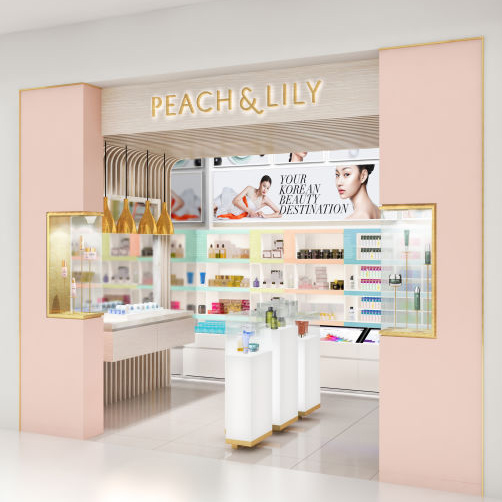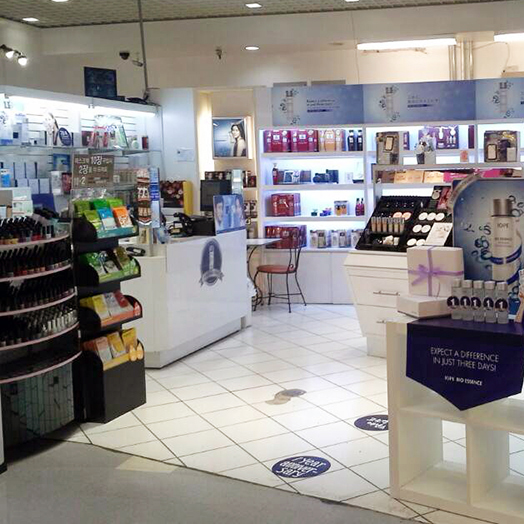As a symbol of looking beautiful at every age with a youthful, dewy complexion, Korean beauty has been the most talked about trend in the U.S. beauty industry for the past few years. The offer of a personalized, targeted approach to beauty addressing specific skin concerns and offering value for money has resonated with U.S. beauty lovers looking for the next best thing to cater to their needs. Drawing on the recently published K-Beauty: Riding the Wave in the United States, Kline’s beauty experts answer some questions on K-beauty and its impact on the U.S. beauty market.
What is so unique about K-beauty?
Korean beauty is about luxurious, light-textured products with unique ingredients, innovative packaging, and affordable pricing. Animal extracts, such as snail mucin, bee venom, pig collagen, starfish, and caviar, are employed for benefits like skin regeneration, hydrating, anti-inflammatory, collagen production, and anti-aging.
The variety of novelty products ranging from oil cleansers and essences, to ampoules and sheet masks, to cushion compacts and BB creams captivate consumers.
How have conventional brands embraced the concept of K-Beauty?
Almost all of the conventional brands, such as Lancôme and L’Oréal Paris, have capitalized on the trend by launching Korean-inspired products in the skin care and makeup categories. Products that were initially offered in the luxury segment are now available to consumers through mass-market retailers. While Erno Laszlo and Lancôme launch sheet masks in luxury, Covergirl and Maybelline bring cushion compacts to the masses. In fact, Estée Lauder has recently launch a next generation cushion product in its Double Wear Nude Cushion Stick Radiant Makeup.


How open have retailers been to this new concept of Korean beauty?
Specialty retailers, such as Sephora, have been at the forefront of driving the K-beauty trend. Macy’s became the first major department store to allocate a section to K-beauty with Peach & Lily, while Target expanded its offerings to brands like Laneige and Mizon.

Korean manufacturers, such as AmorePacific, are expanding their free-standing stores, such as Aritaum, while online specialty retailers, such as Peach & Lily and Soko Glam, offer curated products by Korean-born manufacturers.

What kind of impact will K-Beauty have in the coming years?
The Korean trend is likely to pass in the next five years as the constantly evolving beauty industry witnesses the emergence of another trend. What will remain of the trend is products that become staples in consumers’ beauty regimens. In terms of brands, of the hundreds of small Korean brands on the market, only a few will become mainstream, known brands, gaining long-term loyalty of consumers.
To learn more about this hot trend, take a look at Kline’s just-published K-Beauty: Riding the Wave in the United States, a quick review of the most successful Korean brands in the United States and their impact on the beauty market.
Written by Naira Aslanian, Project Manager, Kline Consumer Products

